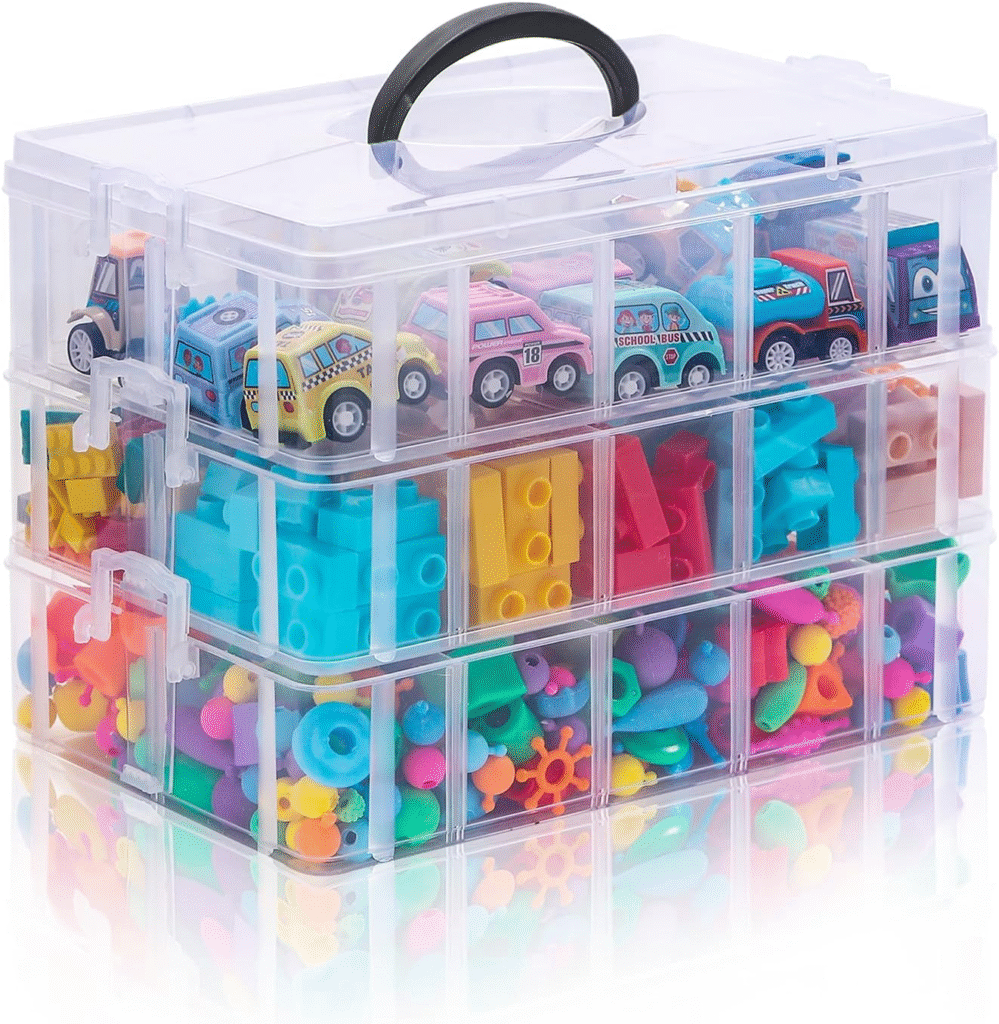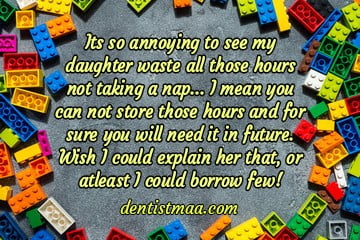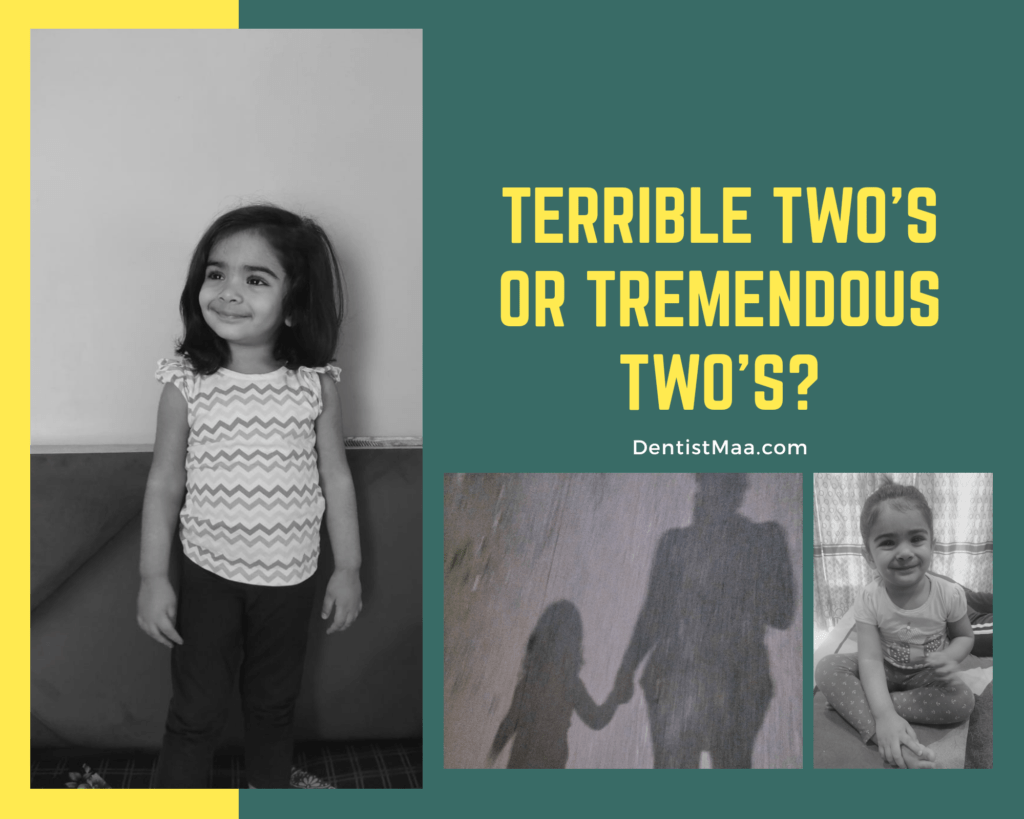As parents, one of the essential life skills we can impart to our children is the ability to stay organised. Teaching children to organise their things not only helps keep the home tidy but also fosters independence, responsibility, and a sense of accomplishment. It also helps in saving a lot of time and being independent later in life, which is very important.
Here are some practical steps and tips to guide your children in learning how to organise their things effectively.
1. Lead by Example
“Children don’t do what you say. They do what they see. How you live your life is their example.” – Tim Ferriss
Lead by example. If you keep your things organised, the child will automatically learn to keep his/her things organised. You don’t need to tell them every day. They will slowly see and do the same.
Organise your space, whether it is your office, bedroom, kitchen or anything personal. Involve them in your organising activities, explaining the rationale behind each step. It will take time, but soon they will consider organising their own space and things.
I have seen my daughter organise her room when we organise ours. Yes! We are not completely there yet, but we are doing better than we were yesterday. And I am very sure she will be a good organiser when she grows up.
She is 7, and the changes I have seen in her recently:
1. She loves keeping her pencil box organised.
2. She keeps her study table clean and books in place, unlike before
3. Once she comes back from school, she keeps her shoes, belt and clothes in place
It is a big achievement, I would say. What about you?
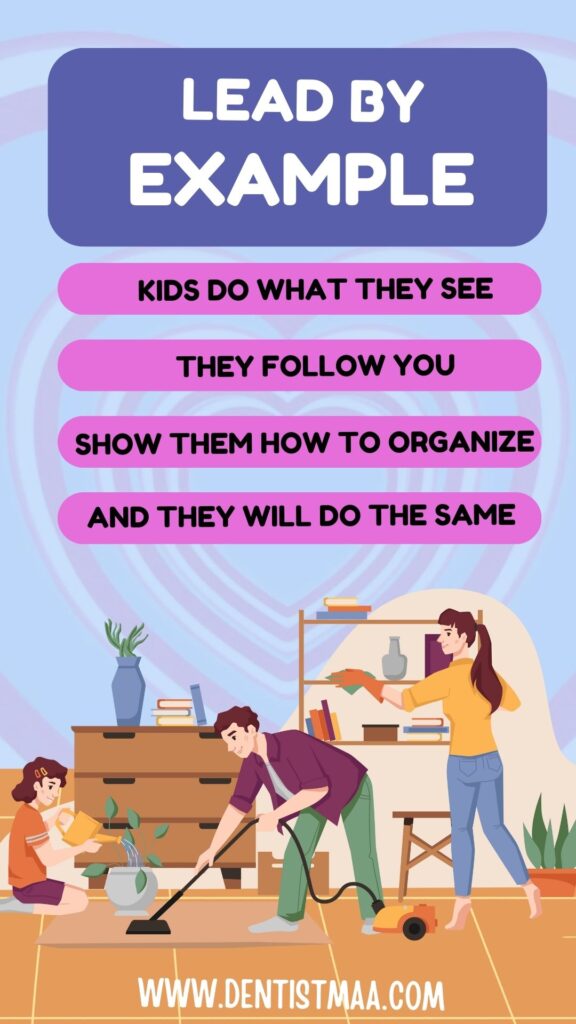
2. Make It Fun
Turn organising into a fun activity. Use games and challenges to make the process enjoyable. For example, set a timer and see how many toys your child can put away before it goes off. Or, create a reward system where they earn points or stickers for organising their things. The key is to make organising feel less like a chore and more like a playful activity. You will be amazed to see that your child will be eager to keep his or her things in place, as it was simply fun.

3. Provide Clear and Simple Instructions to help them organise their things
Children need clear, simple instructions to understand what is expected of them. Break down the organising process into small, manageable tasks. Instead of saying, “Clean your room,” try, “Put all the books on the bookshelf”, or “Place your toys in the toy box.”
Clear instructions help children focus on one task at a time, making the process less overwhelming. They can concentrate on a single thing at one time and proceed accordingly. Help them organise if they find it difficult.
Sometimes they will get lost in their world in between, and that is okay. Like my 7-year-old, while organising her toys, she starts playing with them. I just need to remind her to get back, and she does. It is both fine and acceptable.
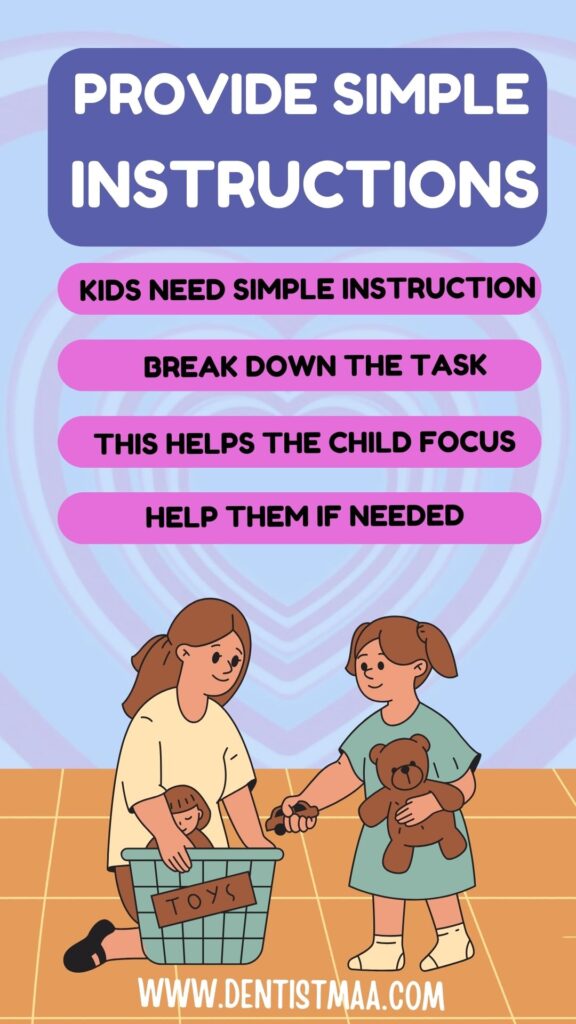
Similar Read: What are the benefits of doing chores for kids?
4. Use Kid-Friendly Storage Solutions to organise their things
Invest in storage solutions that are easy for children to use. Low shelves, labelled bins, and baskets are great for young children. Use pictures and labels to help them identify where things belong. For example, a picture of a toy car in a bin indicates that toy cars go there.
Accessible storage empowers children to organise their belongings independently. There is a lot of storage available these days, from which you can shop. Below are the links.
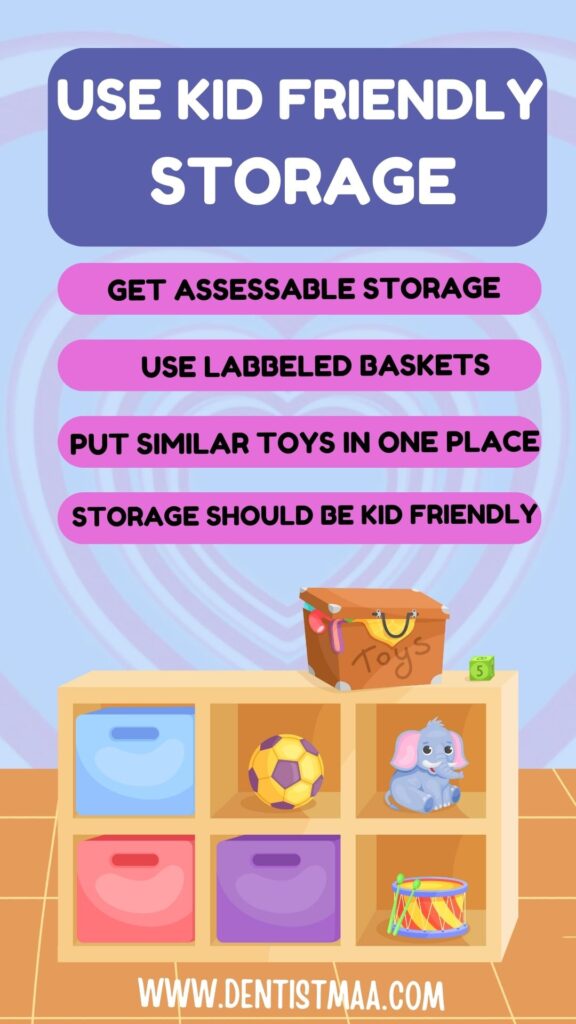
Many schools follow this way of helping kids organise their belongings at school. Each child is provided with an area where they put his or her stuff after using it. This helps them learn how to organise their stuff and is a very helpful and smart way of teaching. The spaces they get are named with attractive names, like cubby holes with their picture on it, which makes it fun.

5. Create a Routine to help them organise their things better
Establishing a routine helps children develop consistent organising habits. Incorporate organising into their daily or weekly schedule. For instance, set a specific time each day for tidying up toys or have a weekly clean-up day where everyone pitches in. Routines provide structure and help children understand that organising is a regular part of life.
It helps as there would be less mess, and things will be easy to clean. The child will not get bored or tired. It will eventually be a habit to keep things in place.
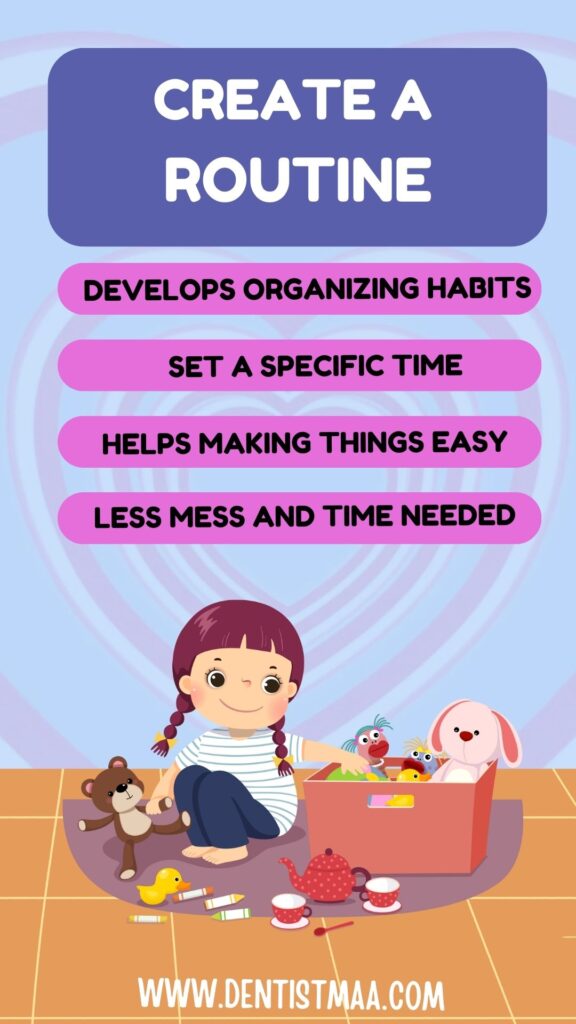
6. Teach Categorisation for organising
Categorising is placing things in a specified set or group. Teach them how to categorise or group similar items together, such as books, toys, clothes, stationery, etc. Explain to the child the benefit of categorisation.
– It helps in finding things easily the next time
– It is easier to arrange stuff if it is categorised
– It looks neat and well-arranged
Show them your neatly arranged cupboard or desk for them to understand better. Help them by making different compartments for different things. You can use stickers for identification. Help them the first few times, and slowly let them do it on their own.
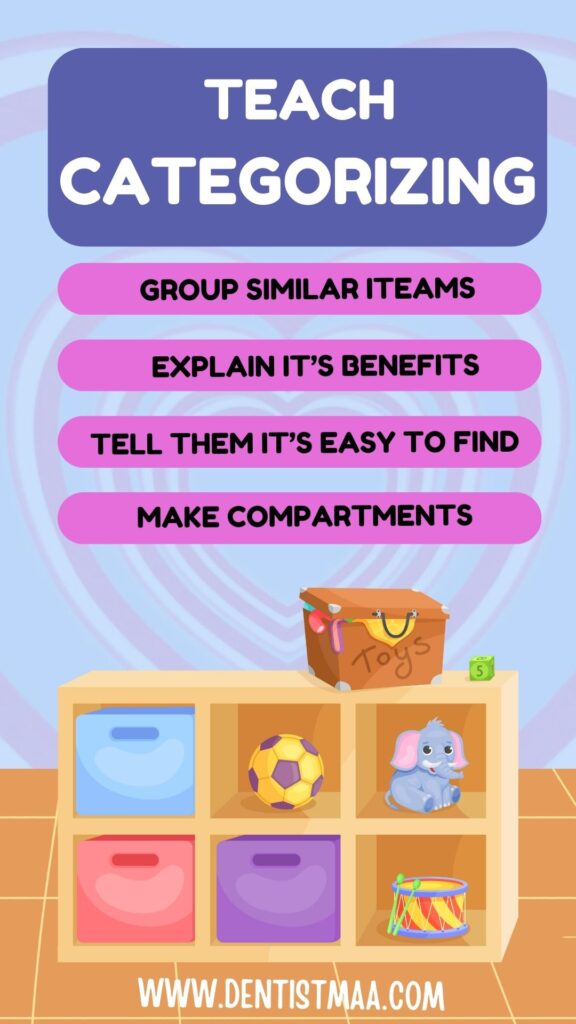
7. Encourage Responsibility
Encourage children to take responsibility for their belongings. Explain the importance of taking care of their things and keeping them organised. Praise their efforts and acknowledge their successes, no matter how small. Positive reinforcement builds their confidence and motivates them to continue organising.
Keep your things organised as well. Actions matter more than words. They will do what they see.
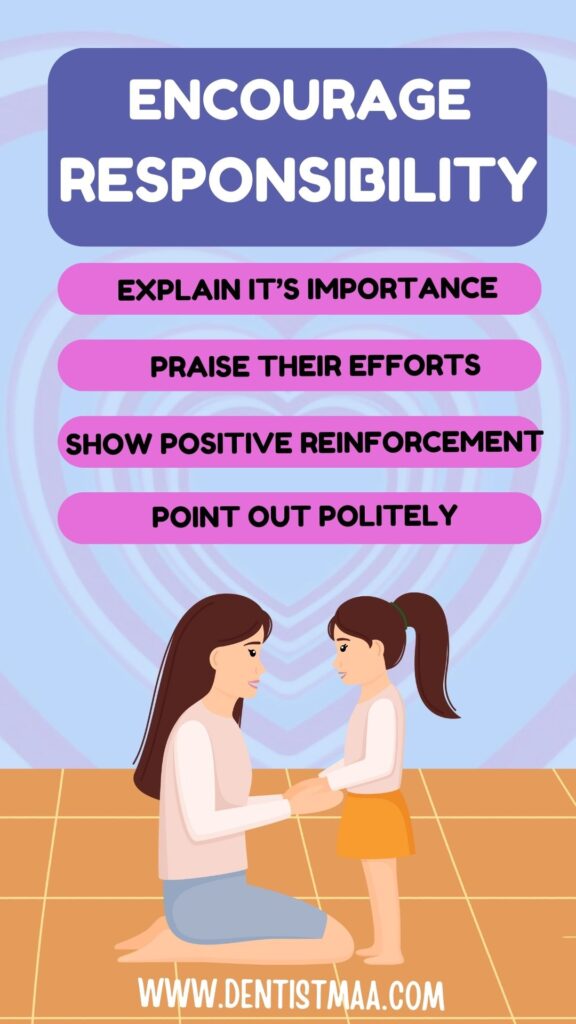
8. Be Patient and Supportive
Learning to organise is a gradual process that requires patience and support. Be patient with your children as they learn and make mistakes. Offer them gentle reminders and help them whenever needed. Don’t forget to celebrate their progress and provide constructive feedback to help them improve.
Don’t get impatient; it is a long road, and you need to be there with them as long as it takes. Give them time to understand why it is important to organise, and how it will help them. Do not scold or yell if they miss out on something. Gently tell them and help them do it.
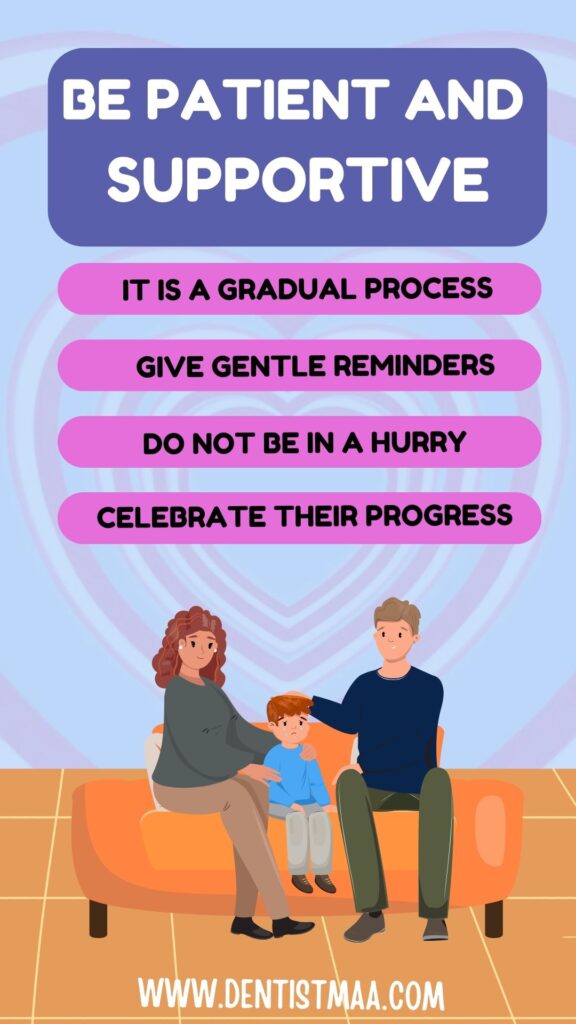
9. Adapt to Their Age and Abilities
Make the organising strategy simple and constructive according to the child’s age and ability. If the child is younger, they might need more guidance, simpler tasks and more support and help from your side. Older children can handle more complex things a little better. Expect only age-appropriate tasks from a child, however smart you think your child is.
A child aged 2-3 years can keep their stuff only with your help. If you expect them to organise their cupboard, you are wrong here. A teenager can organise his or her stuff, and if you are doing it for them, again, I suppose you might be wrong. So, the task should always be age-appropriate. Ask the toddler to put his blocks back in the box and help them do it. They will watch you and learn.
My 7-year-old still needs help in organising her stuff if it is a lot. If it is just a few toys or books, she manages, but in case it is more, she needs help. Sometimes she would ask me not to touch her cupboard, so that she could do all of it on her own. And she does a pretty good job at it.
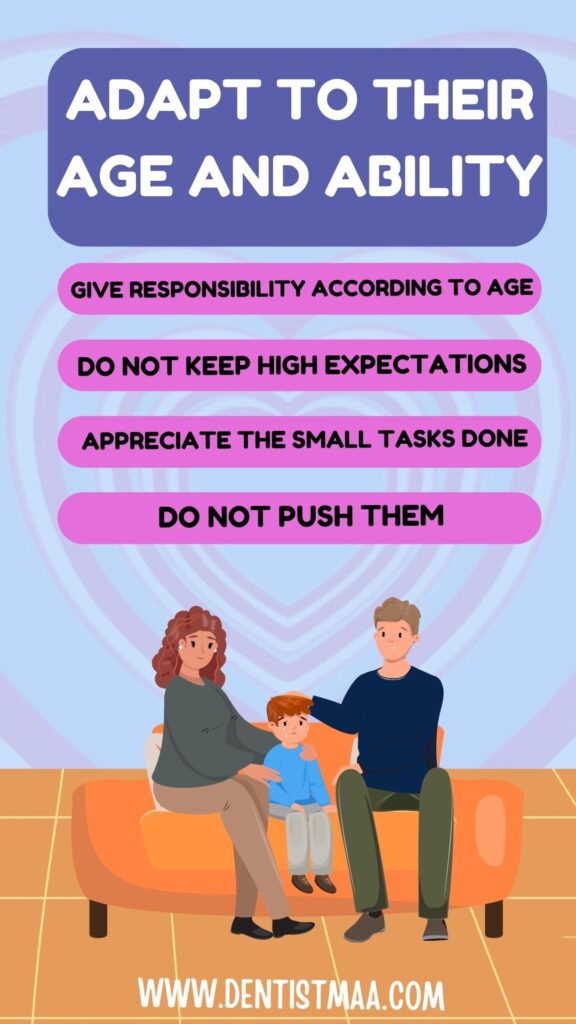
10. Involve Them in Decision-Making
Let the child decide and take small age appropriate decisions. Let them choose how they want to organise their stuff. This will help them gain confidence, feel that they are trusted, and also keep them more involved in the process. After all it is their stuff, it should be their choice how to keep it. Yes, you can always guide them and tell them how they can decide for themselves. As it would help them to do better the next time.
It is a process and it will take time. Be there and be patient with them. It will help them feel good about themselves.
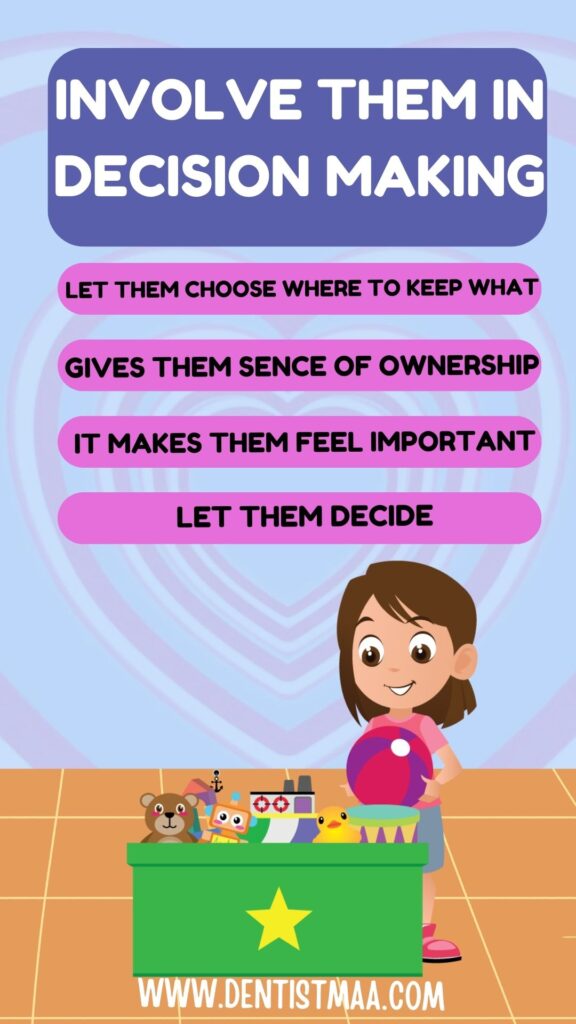
Final Thoughts
Teaching children to organise their things is a valuable life skill that will benefit them in many aspects of their lives. By leading by example, making organising fun, providing clear instructions, using kid-friendly storage solutions, creating routines, teaching categorisation, encouraging responsibility, being patient and supportive, adapting to their age and abilities, and involving them in decision-making, you can help your children develop strong organisational habits. Remember, the goal is to empower your children to take charge of their space and belongings, fostering independence and responsibility along the way.
Similar Reads:
- 15 Amazing Ways to Build Your Child’s Self-Esteem
- 7 Practical and Effective Tips to Encourage Independence in Your Child
- 5 Simple Tips to Help Your Child Share Their Feelings with You
- Good Touch vs Bad Touch: 10 Tips to Teach Your Child About Body Safety
- Top 10 Must Buy Busy Boards for Toddlers That Boost Learning and are Fun (Expert Picks)
- Age Appropriate Chores for Kids

